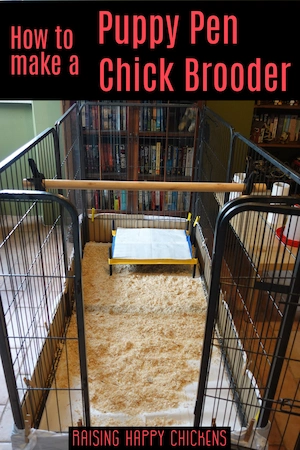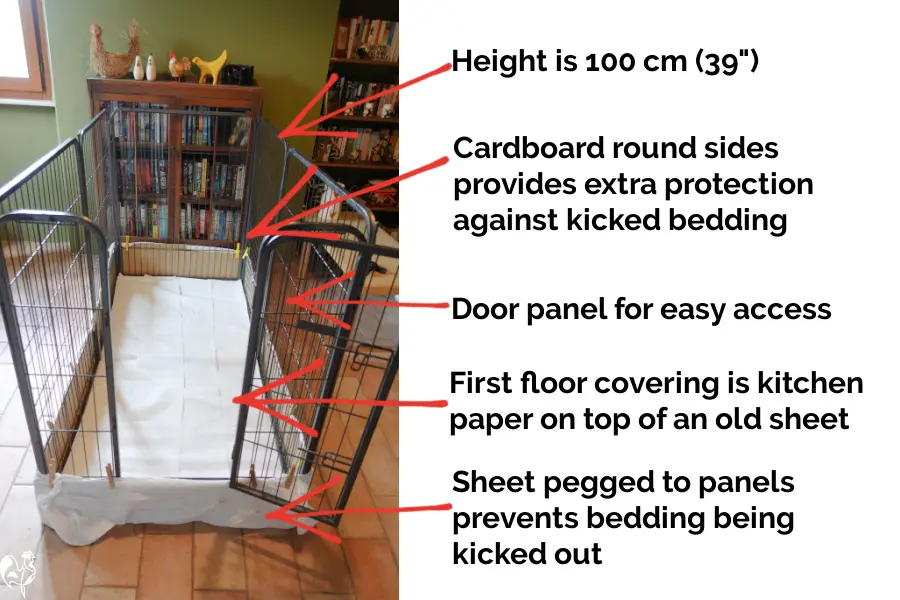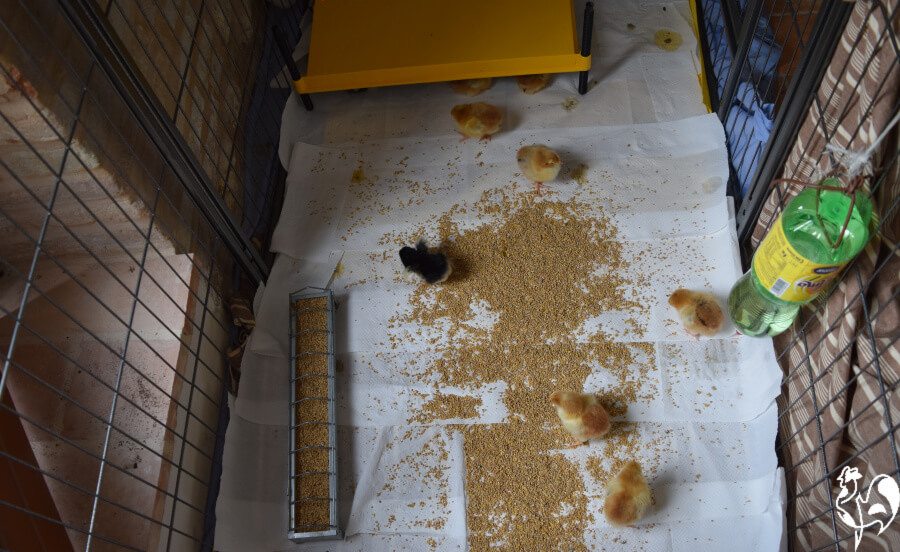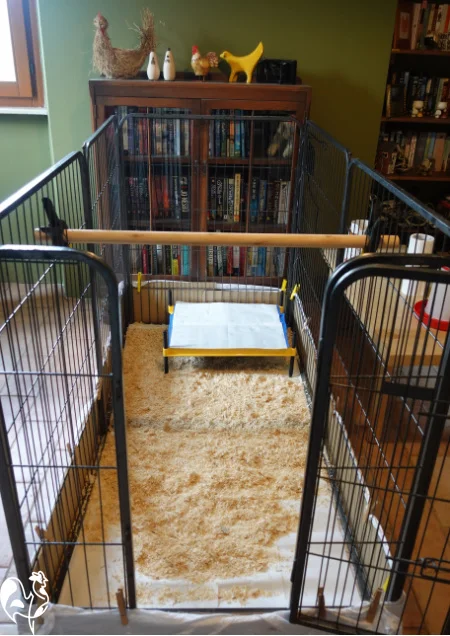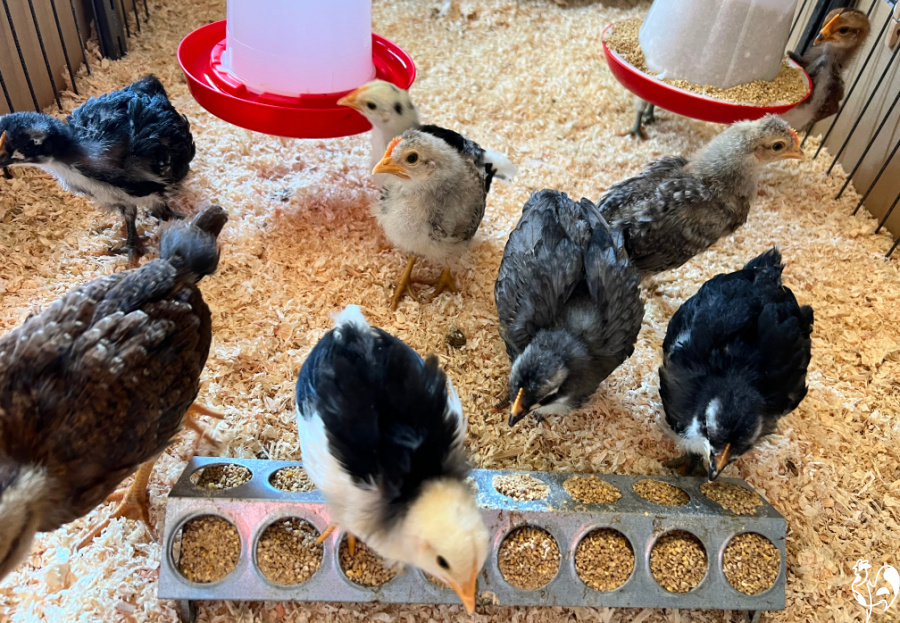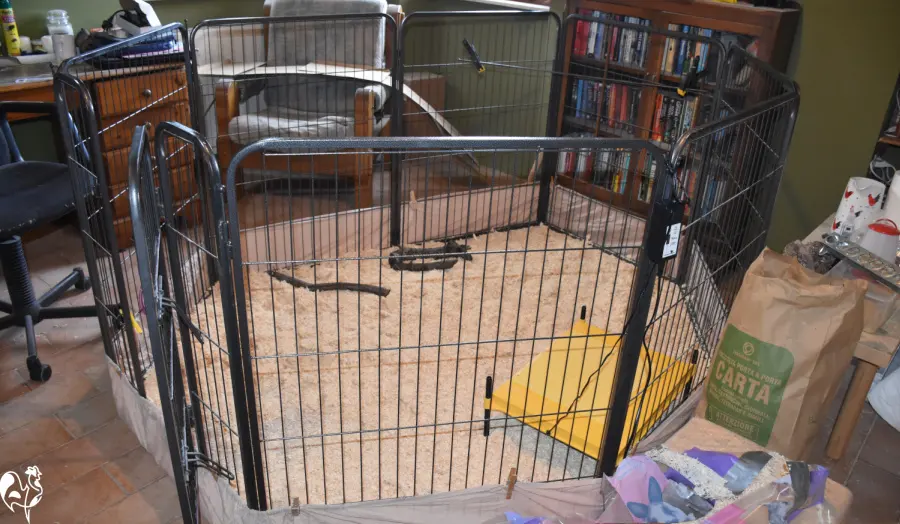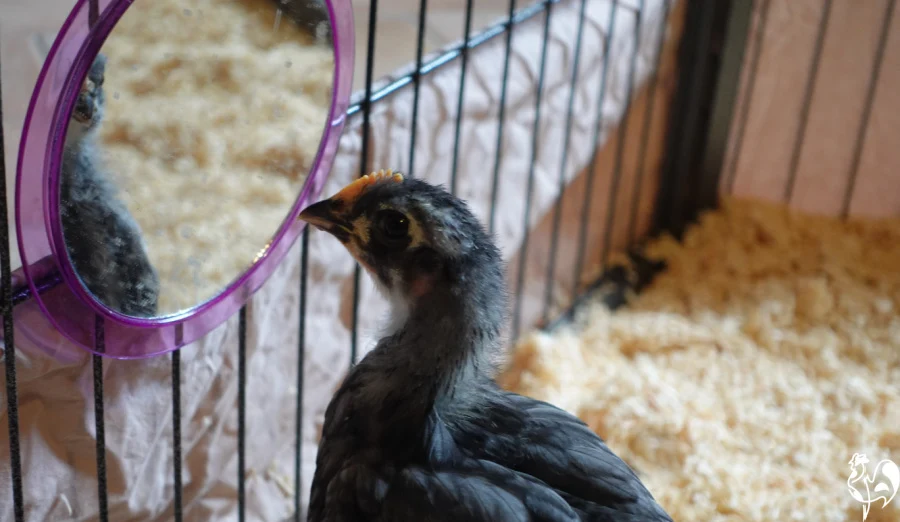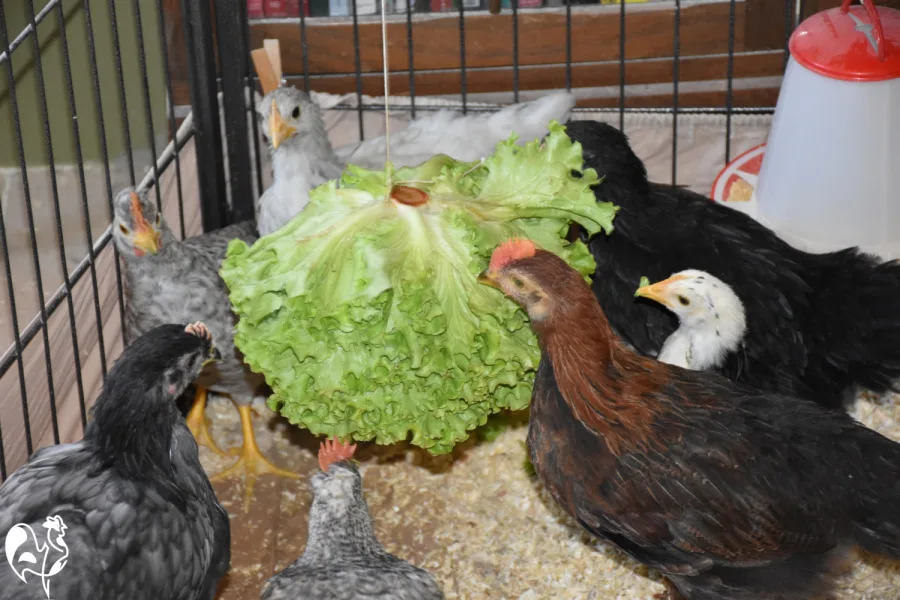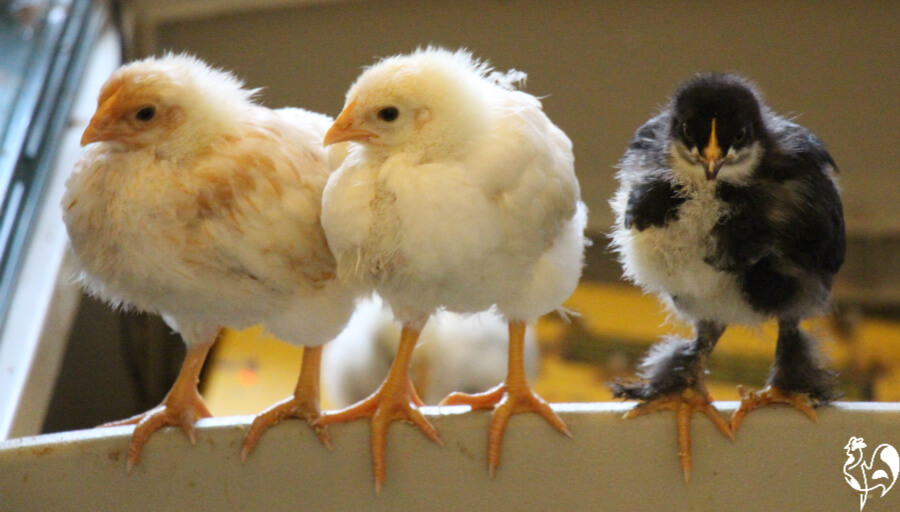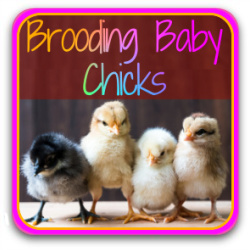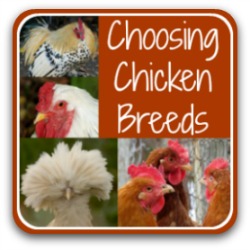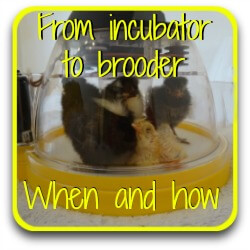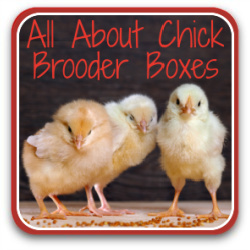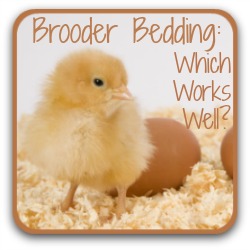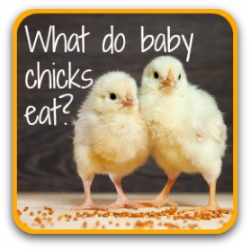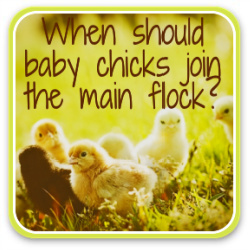- Home
- Brooder basics
- Large brooder
A brooder box for chicks: how to adapt a puppy pen to meet their changing needs.
Looking for an inexpensive, easily assembled, expandable, re-usable option as a DIY chick brooder?
Baby chicks have very specific needs from their first to eighth week of life. It's critically important that your chick brooder box is set up and maintained to meet those needs.
My experience after many years of raising healthy chickens is that by far the best brooder box for chicks can be made easily, inexpensively and creatively, from a standard puppy pen.
- Its advantages include...
- can be expanded to fit as many chicks as you want
- extra panels can be added as the chicks grow to make sure they have enough space
- the shape can be adapted to fit any space
- can be used inside or outside (with appropriate heat)
- easy to add food and drink containers, treats and toys
- doubles as a "sick bay" when chickens need to be separated
- cost effective – use it year after year
- folds flat for storage when not in use.
Already persuaded to buy the puppy pen as an excellent chick brooder?
If you purchase a product through links on this page, I may receive a small commission at no extra cost to you. I only recommend products I have bought (or would buy) myself, and which I believe will genuinely benefit you. You can read my full disclosure policy here.
Click on any of the photos on this page, or the orange buttons, to check the price of a similar version at your local Amazon.

Looking for something specific?
Use these links to go to whichever section you're searching for – or carry on reading to make sure you have all the best information to make the best decision for your chicks.

Chick brooder ideas: critical features.
There are two important things to remember about baby chickens: they grow very quickly, and they practice flying from around a week old. So make sure your puppy pen brooder has these features:
- At least 91.5 cm (36") high, preferably 100 cm (39") – or more!
- Can be extended easily: not only do chicks grow, you're bound to want to have more each year! Choose a brand which allows you to buy additional panels.
- Ideally, make it large enough for you to sit in – spending time with chicks makes them friendly from the start – and it's a great stress reliever! Eight to ten panels is ideal for up to 20 chicks.
- Easy to get in and out of. A gate with a latch is a must-have to allow for the easy changing of food and drink, and for cleaning.
- No sharp corners. Chicks will experiment with pecking and sitting on all parts of your brooder, and chick skin is, at least initially, thin and easily torn.

Setting up a puppy pen as a DIY chick brooder.
This is my latest version of a safe, effective chicken brooder.
Although I kept it in my office, I wouldn't necessarily recommend that! Baby chickens create a lot of dust, and the smell as they grow is definitely an outdoor pleasure! But sometimes, needs must!
Here are some of the design factors I have found important over the years...
- I start with an old fitted single bed sheet on the bottom of a one panel width, two panel length, brooder. Stand the puppy pen on top of the sheet.
- Bring the sides of the sheet up and around the outside of the pen, using clothes pegs to secure it to the sides. The lower bars of a puppy pen are ideal for this.
- In between the sheet and the puppy pen I place cardboard, cut to the length and width of the brooder and about 15 cm (6") high. The elasticated sides of the sheet will keep this in place.
- The benefit of this preparation is that the sheet and card will help stop bedding being kicked out of the brooder once the chicks become active. Trust me – it's a must!
Bedding in the brooder box.
- As with any brooder box, the first bedding for baby chicks should be kitchen paper. It will need changing regularly so make sure you buy in bulk to cover the whole area!
As the chicks grow and become used to identifying their food, it's time to change the bedding.
- I have always used pine shavings. They're easy to find, relatively inexpensive, warm for the chicks especially in the colder months of winter and early Spring, and they smell nice (as long as it's cleaned out regularly!).
- It's also a natural solution: it composts down (slowly) when it's finished with.
Not sure which bedding is best in your situation? See my more detailed information about different types of bedding in the brooder.
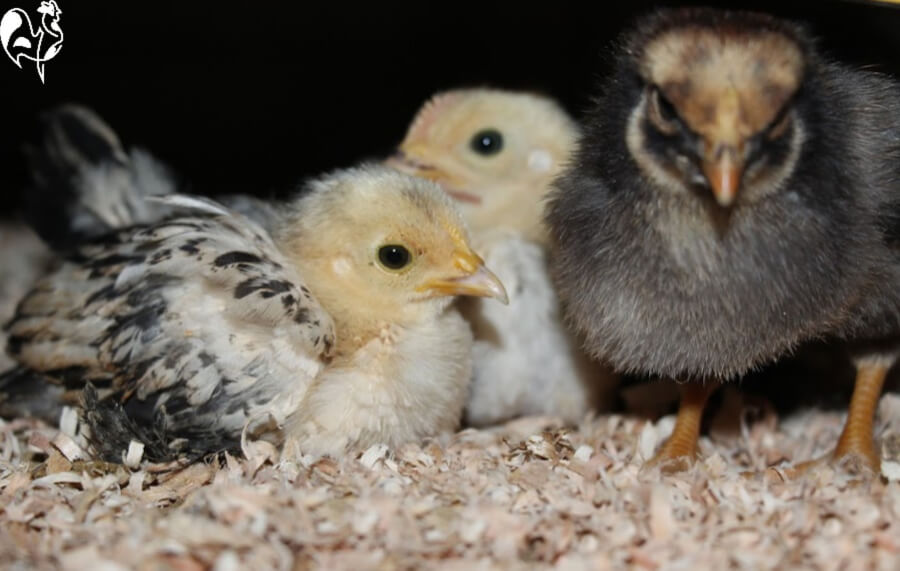 Three of my baby chicks happily roosted on pine shavings.
Three of my baby chicks happily roosted on pine shavings.
What else does the puppy pen brooder need?
How to add heat, food and water to any homemade chicken brooder design.
One of the great benefits of the puppy pen as a DIY brooder box for chicks is the ease of being able to add the necessary elements to keep your babies safe and healthy. In particular this means heat, food and water.
Below is my brooder again, this time with pine shavings as flooring.
- Note the chicken brooder heat plate at the far end, covered in kitchen paper – chicks will use it to sit and poop on from as early as two to three days old.
- Not sure how to heat your brooder? Here's a review of brooder plates vs heat lamps.
The wooden bar across the top of the brooder is a useful way of hanging feeders, waterers and (eventually) treats. I use spring clamps to keep the bar securely attached to the bars of the pen.
Use a simple length of wooden dowling rods available from any DIY store – or online, here.
Adding chick feeders to the brooder.
Start with a ground feeder such as you see at the bottom of this photo, so the baby chicks can easily find their food.
You'll quickly realise, though, that they constantly kick bedding into those feeders – and kick feed out. It's wasteful and frustrating.
So once they know where their food is, add some hanging feeders and waterers – you can see mine, hanging at the top of the same photo.
Using the bar across the brooder means you can change the height as the chicks grow by simply shortening the hanging cord.
Once they begin using them, you can safely remove the ground feeder.
- Want more detailed information? See my article about chick feeders and waterers.

Developing the puppy pen DIY chick brooder.
There will come a time when your chicks are starting to outgrow their first sized brooder. You might notice increased squabbling and pecking, and chicks trying their best to fly outside the brooder for extra space.
That's when developing the puppy pen brooder box for chicks really comes into its own.
Extending the chick brooder area.
The type of puppy pen I use makes it very easy to slot in extra panels. I generally start with six panels, and extend by at least two as they grow.
It's very simple to take out the rods which hold the panels together, add the additional panels and slot the rods back in.
I generally make the brooder wider at this point, but you can shape it according to the available space.
Add roosting bars.
The additional room allows for other items to be added to the brooder. Start by adding some branches or pieces of wood to allow the chicks to start learning how to roost.
Keep them on the ground at this point. They'll enjoy playing along the wood, jumping on and off which will strengthen their legs. As they grow, place the branches between bars at different heights.
Brooder ideas for chicks' toys!
You'll find ladders, bells, swings, ropes and many other colourful toys online, or in the parrot section of pet shops.
I've found the most popular with my chicks has been a simple, inexpensive mirror secured to the side bars.
Add treats!
When chicks are a few weeks old, you'll inevitably want to spoil them – who could resist those appealing little fluffies?!
But not all treats are good for very young ones. Here's an article about which treats are best for them during these early days.
Take my advice, and stick to a hanging lettuce. Again, that wooden bar at the top of the pen makes it so easy to hang – and it gives the chicks hours of entertainment, whilst still being a healthy option.
Add grit!
As soon as you add treats, your chicks need grit. And because they're not outside where they would pick it up naturally, it's down to us to provide it.
Here again, the puppy pen comes into its own. Attach some small animal food bowls like these to the sides of the brooder and your chicks will automatically free feed.
Use them for extra (healthy) treats, too!
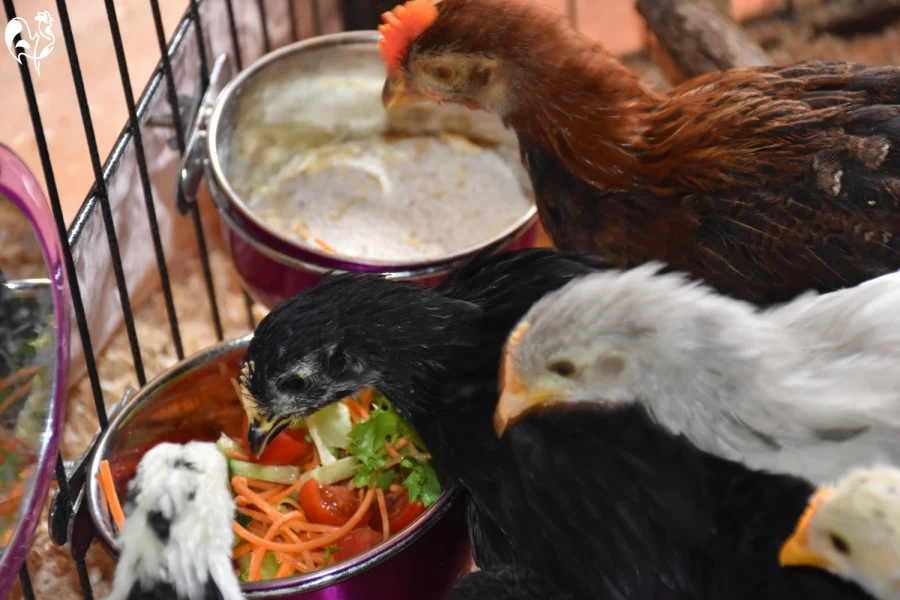

Can a puppy pen be used as an outdoor chicken brooder?
It can, with restrictions.
- Chicks are very easily chilled, so only use it within an enclosed area such as a barn or unused garage.
- Always make sure the building has adequate heating. Brooder heaters will not be effective if the ambient temperature is low.
- The chicks need their own heater to keep them warm. Beware of heat lamps – they cause too many fires in outbuildings. Use this type of radiant heater instead.
- Check your chicks regularly to make sure they are warm enough. This article explains how you'll know.
If there are any draughts in your outbuilding...
Don't use a puppy pen. The risks of chicks chilling are just too great.
Instead, use something like a large garden tool container box which has solid sides, combined with a radiant heater inside the box.

Conclusion: does a puppy pen make a good brooder box for chicks?
I haven't found anything that works better. There are commercial brooder boxes on the market but they're small, tend to only last for one season, and are inadequate to meet the needs of a growing clutch of chicks.
This one, for example, measuring just 20" x 12" x 14", claims to be able to house up to 25 chicks!
The puppy pen brooder, on the other hand, can...
- grow with your chicks to make sure they have enough room to develop healthily
- be designed to fit any space
- easily accommodate heaters, branches, hanging and ground feeders, grit and treat bowls, dust baths, and any number of toys!
- allow for you to spend time with your growing flock inside their brooder house
- be used year after year (I've had mine for ten years!).
And best of all? Your chicks will love it!
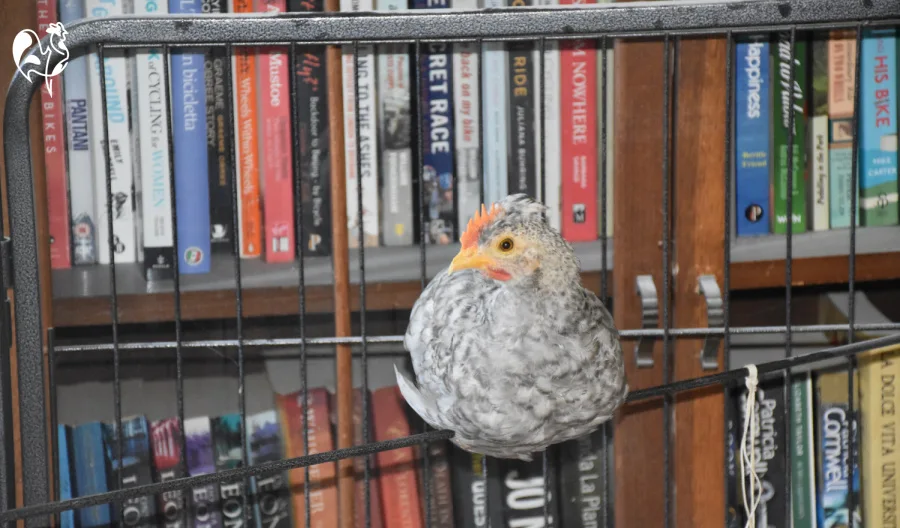

Related pages about caring for baby chicks.

- Home
- Brooder basics
- Large brooder
